
Common Car Rental Mistakes to Avoid
Many people turn to car rentals as their best ground transportation while on a vacation, business and political engagements. But sometimes they end up having some misunderstandings between them and the car rental agency and also they may have to pay more money for the car hire services since they have violated the agreement. This results to customers cursing car rentals services. Some people make these mistakes ignorantly while others are just careless or reluctant.
These are the commonest mistakes made by travelers on their car rental services.
They forget to check the condition of the car yet this is a must thing to do on car rental services. The traveler has to check the car before taking for his/her vacation. One is supposed to check if there are some damages and dents on the car and also should check the mechanical condition of the car. It is recommendable to take pictures of the car. This helps one to know which damage she/she is liable for in case one happens. But sometimes, travelers make a mistake of not checking the car thoroughly and end up arguing with the car provider about the damages that may happen to the car i.e. everyone denying the liability of the damages.
Some travelers do not read the terms and conditions carefully. This is the commonest mistake people made on car rental services. Some people do not take a keen eye on some clauses of the car hire agreement and of which these can make them pay more for the car hire services like limited mileage clause, early return and return fuel refilling clause. You have to read the agreement so carefully and do not miss out a single clause because if you go against it, you are likely to pay a big premium for compensation.
Do not search on the internet for the best car rental services. Some people just use the car hire services that they come across other than making some research on the internet to get better deals. There are so many car rental companies offering good services at affordable rates on the web. When one does not use the internet is more likely to get cheated on the prices since he/she might not know the standard price of certain car rental and end up paying much more money on low priced Uganda car hire services.
Furthermore some people only use the internet to find car rental services leaving out checking offline. Although internet has the best deals, endeavor to check offline too. It is best to check both online and offline, you never know the car provider might have forgotten to update his/her website yet when you go the offices physically you might land on a better deal.
If the above mistakes are put in the mind and amended, the traveler can have the best car rental deals which are comfortable, reliable and safe and pocket friendly.
Read More
Get the Best Out of Car Rental Insurance
Remarkably, Renting a car is not some easy task as it comes with some risks if any damages happen to the car while driving it. Remember a car is a very expensive item to obtain and any of its parts when damaged comes with an expensive price to amend it or replace it. Yet sometimes when enjoying your expedition, you would not want something to disrupt your trip like making unbudgeted expenses like damaging a rental car.
It is absolutely commendable to have car rental insurance before you embark on driving a rental car for a self drive tour. Way back car rental companies would not offer car rental insurance and this was a big problem as it left very many self drive travelers frustrated as they were liable to any damage that would happen to the car which meant they had to pay lots of money for compensation. However, as tourism and travel evolved and developed, there were means devised to make self drive traveling less risky by coming up with services like car rental insurance and road assistance.
In most scenarios, travelers would like to rent a car and traverse across different tourism destinations with a hitch on the tour but sometimes due to unforeseen incidents, a plight can befall on to the car while driving it and worst of it one is requested to pay for the damages caused which accumulates the expenses of car rental services. This normally frustrates the traveler because his/her budget is strained and it can lead to a bad trip. However, in order to avoid such crises it is advisable you get a car rental insurance that can always act as a financial back in case of any damage to repair.
This is what the car rental insurance does for the traveler; it makes the driver or the car renter less liable for any damages that might happen to the car while driving as when the car is insured against any damages. The insurance company is always in contention to compensate for the damages that occur to the car as stipulated in the insurance policy and agreement. The car rental insurance is much cheaper than what you may think as it is included in the car rental pricing package and you cannot feel its real value as it immersed in the final price of the car rental services. Unless otherwise where one is required to pay for excessive insurance fee as this covers for the damages that may happen to the car which are not included in the insurance coverage.
The car rental insurance is usually comprehensive insurance and third party insurance. Comprehensive insurance is where by the rental car is protected against any damage that may occur to it while driving but beyond that the car renter is liable to paying the damages. On the other hand third party insurance is where by the rental car is protected against any damages it may cause to other parties like property and pedestrians along the road while driving. In Uganda there is always a minimum amount of money of the damage that is insured as agreed by the car rental company and you and that is normally US 150 below that the car renter is supposed to pay for the damage.
With car rental insurance, the car renter is less liable of damages that can happen to the car while driving and this gives the traveler the luxury of enjoying his/her trip with less worries of car rental in Uganda becoming a nightmare as it might be with the car rental that is not insured as it puts the car renter on the risk of paying a large chunk of money if the car is damaged while driving it.
Read More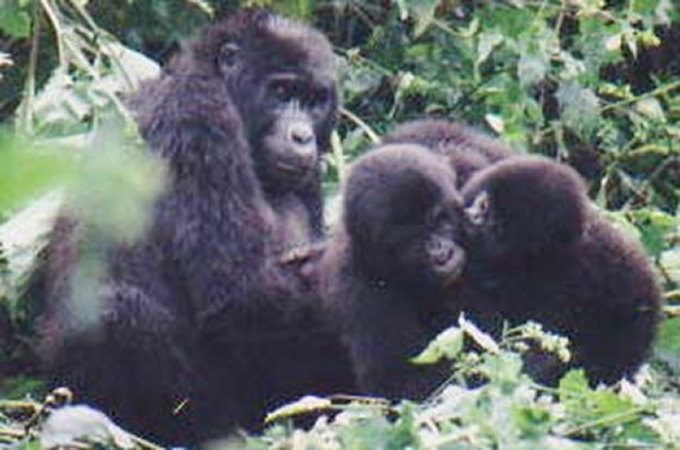
Gorillas atop as Uganda’s Biggest Tourism Foreign Exchange Earners, Hints Minister
Gorilla Tourism has once again topped Uganda’s foreign exchange earners. Speaking on Wednesday at the Uganda Media Center in Kampala ahead of the second Congress of the African Primatological Society (APS) to be held September 3-5, the tourism minister Ephraim Kamuntu said that Uganda’s tourism is the top foreign exchange earner bringing in US$1.4 billion ahead of remittances adding that the sector is nature-based which translates that it flourishes on wildlife like Mountain Gorillas.
The minister further commented that Uganda used to thrive on incomes from the three Cs (Coffee, Cotton and Copper). “Not anymore,” according to Kamuntu, adding that tourism employs 8% of Uganda’s labor force which he estimated at one million.
Kamuntu described Uganda as a country gifted by nature because it is where the East African savanna encounters the tropical rain forests which forests are homes to wildlife like gorillas. It also has the rift valleys and lakes as well as the great Nile.
These conditions have all largely contributed to the survival of Mountain gorillas in Uganda. Tourists who come for gorilla tracking in Uganda pay about US$800 each for a gorilla tracking permit. Around 20,000 tourists visit Uganda per annum to track gorillas. This has seen mountain gorillas top the list as the biggest tourism foreign exchange earners.
Uganda is one of the only three countries that host the mountain gorillas. These great apes are endemic to Africa and live in two separate habitats; Bwindi Impenetrable National Park and the Virunga Mountains, a trans-boundary protected area that spreads through Uganda, Rwanda and the Democratic Republic of Congo (DRC).
It is estimated that almost a half of the world Mountain Gorillas population is protected in Uganda’s conservation areas of Bwindi Impenetrable National Park and Mgahinga Gorilla National Park in the southwest. The rest of the gorilla population is found in the Volcanoes National Park of Rwanda and Virunga National Park in the Democratic Republic of Congo. The endangered (listed as Endangered on the IUCN Red List) and highly protected primates are the biggest foreign exchange earners to the coffers of Uganda Wildlife Authority, contributing up to 60% of the national revenue.
The African Primatological Society (APS) is expecting 200 primatologists from Africa, non-African researchers and conservationist from across Africa and other parts of the world.
Read More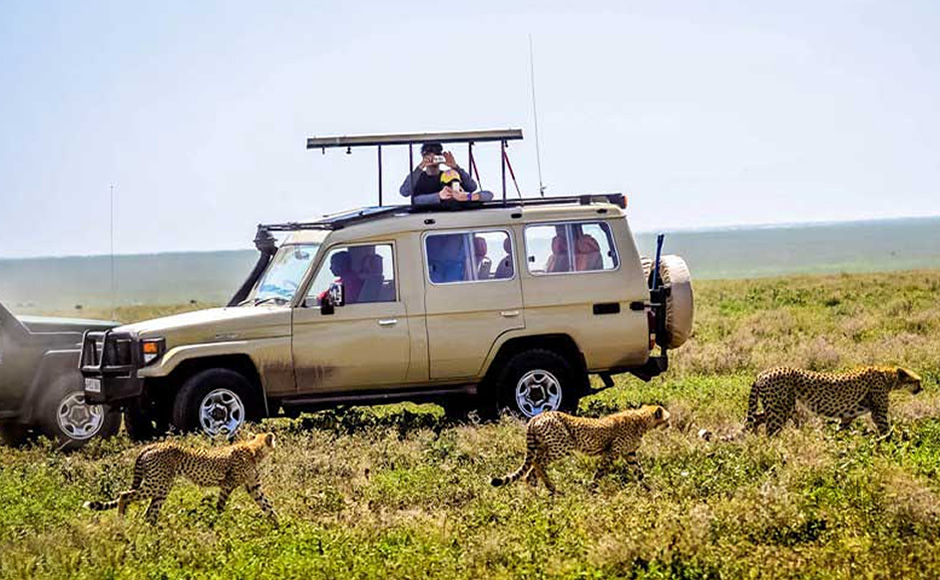
How to Stay Secure with a Rental Vehicle
Driving in Uganda comes with a wide range of advantages and is equally impressive for an inspirational journey when you opt for a car rental in Uganda. Driving through the cities and rural towns is exciting bringing out the best results or presentations for a self drive safari in Uganda. However the main concern and consideration is the participant’s safety and life. This is very important than the car which is under comprehensive insurance a practice by many car rental agencies in Uganda. Here below we present you some of the Tips to stay secure for an impressive and inspirational journey in Uganda with your rented car.
Focus on Driving: Like always advised, the 10 – 2 position of holding the wheels is a great idea and point for focusing while driving. Making use of the side mirrors and keeping sight of the road is another idea for focusing. Avoid doing multiple activities when behind the wheels.
Drive defensively: Driving defensively is another idea. Driving in defence of your road actions would definitely keep you safe on the road.
Practice safety: safety first like Making use of the seat belt and the like is very important in staying secure on a self drive safari in Uganda.
Plan ahead: Planning ahead of time gives you the ample time and extra time to arrive on time or go past any unexpected driving barriers during a self drive safari. Traffic stops, flat tires and simple mechanical problems. There should always be time spared for such scenarios when driving in Uganda.
Make use of the central lock: The central locking system is as important as driving defensively or keeping secure. Avoid unnecessary interruptions of car outbreaks when driving, unintended door openings, and keeping your property safe on the road.
Be Cautious with lifts: Just like most car agreements will stipulate, avoid lifts to strangers and if you must give one, keep cautious all the time as you drive. Robberies always sometimes start with strange pity looking humans.
Opt for A driving partner: Driving in Uganda requires a lot of concentration, readiness and time especially when connecting between two destinations. Travelling with a partner who drives can be helpful especially in exchanging driving responsibilities time after time.
Maintain the speed limits: Speed is dangerous and traffic police is always around the corner. How about avoid negative scenarios of self drive in Uganda by maintaining the stipulated speed limits? This will definitely get you through with a self drive safari in Uganda.
Travel with your documents or licenses: Very important is keeping your documents just next to you, passports and driving licenses which are always asked by traffic when driving.
Don’t drive on shoulders: Not in any circumstances should you drive on shoulders during a self drive trip in Uganda. Pull off to the left and let shoulder driving road users go past.
Listen to the local stations: Most important if there are chances of News about something happening in the next destination you are headed to.
Avoid driving at Night: Just like any country, self driving at night causes a lot of attention from other road users especially thieves if you are a foreigner in a country. It is also too dark and will need your full attention to see something in a distance.
Read More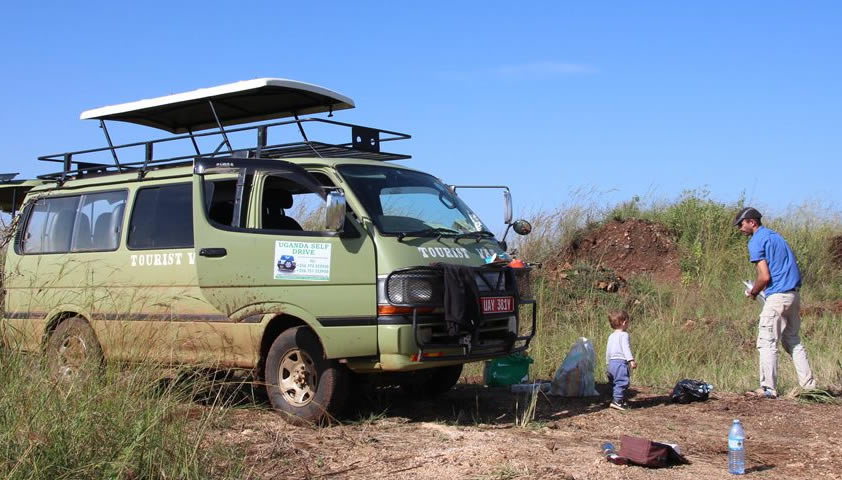
Safety Tips For Self Drive Tours in Uganda
Self drive safaris are famously the most sought after experiences by travelers not only in Uganda but across East Africa. With our 4×4 wheel drives, self drive tours in Uganda are life time experiences that you must not miss out in life. There are countless car rental/hire agencies around Kampala for you to rent self drive car. You can also access the same services from other major towns such as Entebbe, Mbarara, Kabale and Jinja. This is one of the most amazing travel experiences but given challenging part of driving in Uganda roads, travelers need to be careful and that is why we bring to you the highlight of safety tips. We hope this will help you get the most exciting travel experience in life!
Below is a list of safety tips to help you have wonderful self drive safaris in Uganda.
Make sure that you check the car properly:
Before setting off for your safari, it is better for you cross check with the car’s tyres to ascertain if at all they are in better state to hit on Uganda’s roads and above all, have a spare tyre incase of any thing while on your way. Especially for distant journeys, at least 2 spare tyres are best suited for you. As well, you also inspect the cars water level, lights, oil, seats, wiper blades and any leakages. There is service tag that will help you know when the car was serviced.
Never drive at night:
Self drive safaris can be safely done on broad day light in Uganda given the fact that there are few street lights not only in Kampala but also across major towns. Avoid driving at night hours because dark areas you can be risking yourself with the renowned for robbers. At night, you may not also access any help in case of car breakdowns.
Make sure that you have your road map and GPS:
A safari can bore especially when you keep getting lost and that is why you need a road map or GPS to help you navigate through out Uganda’s corners. With your 4×4 car, you can access the road maps and GPS (Global Position System) without incurring any cost. If possible you can rent your GPS or come along with it!
Obey the traffic rules:
Traffic rules are there for you to observe and they are of significant value as they help safe guard you from any risks while on the road. Ensure that you read road signs and most importantly, never drink and drive, put on your seat belts and the other thing is remind the rest of your colleagues to also put on their belts tight.
Make a stop over and have some food or refuel the car:
By taking a break after some distant drive, is one way for you to refresh your mind, and then get some thing to eat and usually we encourage travelers to purchase enough supplies and fuel for the car. Make sure you refuel your tank around major towns otherwise you will be disappointed reaching in places where there are no fueling or gas stations. An example of protected areas in Uganda or any other destinations, it is rare for you to get fuel station, you have to travel when your tank is a bit full to help you navigate up to that time you return.
When you are feeling tired, you are not advised to drive:
While you are around the park or any destination and you are feeling tired, it is advisable to take a rest and where possible give your colleague to drive but that person must have a valid driving license.
Know the weather patterns:
Uganda’s weather patterns including other destinations keep fluctuating and therefore it is important that you try to regulate the speed of your car to suit the weather conditions. Especially if it happens to rain and given the fact that Uganda’s parks are located in remotest areas, the ground can be muddy and you have to drive slowly on potholes and others may not be passable but once you have a 4 by 4, you will be good to go! While driving on a highway, the maximum speed can be 80 kilometers per hour and 50 km while you approach the trading centre.
Mind about other road users:
You should bear in mind that roads in Uganda are narrow and pedestrians, boda-bodas, cyclists, students, and cattle keepers will also be there squeezing themselves along same the roads that you will be using.
Observe the park rules and regulations:
Since our interest is mostly dependent on national parks, you should therefore bear with the set rules and regulations of any conservation area where you take a safari. They are do’s and don’ts that every visitor to the park must follow. Some of these include don’t walk alone while in the national park, be inside the tent and never keep food stuffs in the tent because you can attract wild animals like lions and hyenas. For the rules and regulations that might break, the fine can be put on approximately shs.100000 for over speeding and $150 for off track driving in the national park. Other strict rule in the park is that travelers are not allowed to hoot anyhow since it is against conservation rules.
Mobile network coverage:
Most of Uganda’s destinations are remotely located and this means accessing good network is also hard. You are encouraged to come with satellite phones to help while in the remotest areas with network problems.
In conclusion, self drive safari can only be safe if the above tips are followed appropriately. If you are new in the country it is better that you consult further with your car hire agency to help you get more knowledge about driving in Uganda. Enjoy your self drive experiences. If you want to hire a car in Uganda, here are the car rental agencies the we trust are
Read More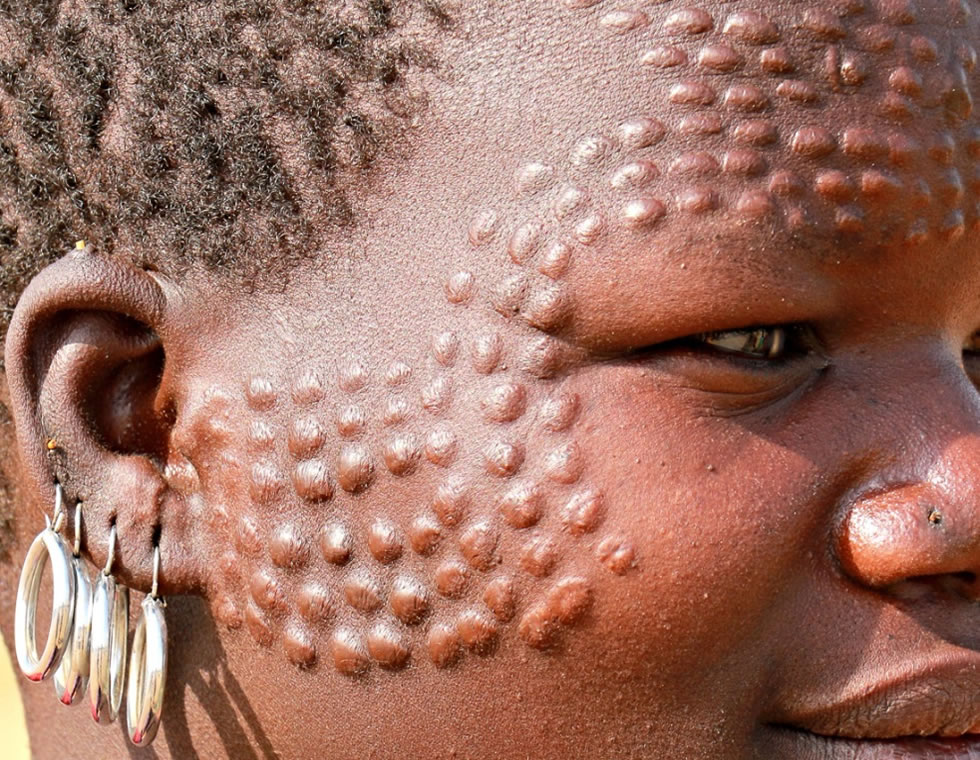
Experience the Local Culture on a Uganda Safari
With the wide diversity of tribes and cultures, tourists to Uganda can enjoy unforgettable cultural experiences. A cultural tour to this country takes you through some of Uganda’s interesting traditions and practices that can never be experienced in any other country in Africa. On your next Uganda Safari, you can spice up your tour by incorporating some of the best local cultural experiences into your journey plan.
This small East African country is endowed with both Centralized Monarchical Kingdoms and Chiefdoms of the pre-colonial times and even with the high rate of development and globalization, the cultural heritage in some Kingdoms has been maintained overtime hence tourists enjoy an authentic cultural experience. Kingdoms such as Bunyoro, Buganda, Busoga and Tooro are regaining their well established systems while the chiefdoms such as the Kooki and the Northern tribes such as the Acholi chiefdom have regained their status and working diligently to revive and maintain their lost glory.
The once powerful and significant kingdoms in Uganda that are now defunct such as Ankole Kingdom have not been restored yet also have wonderful sites of cultural and heritage significance such as the Nkokonjeru Royal Tombs are significant for unforgettable cultural experiences in the country.
Cultural safaris are very popular in Uganda because the East African country, referred as the pearl of Africa has numerous magnificent ancient historical sites that have always been at the heart of International archeology.
It is believed that the Bachwezi people were semi-gods due to their magical super powers displayed in spectacular powers and works that were shown during the excavation of earth works such as the Nkusi earth works, the underground Caves and tunnels such as the Akariza Ngumba K’ Kyabagyenyi as well as the popular long horned cattle that are undoubtedly kept by the Tutsi people of Rwanda and the Banyankole of Western Uganda.
Most interestingly, cultural tours in Uganda offer opportunities to explore some of the diverse cultures and traditions that range from the Northern Uganda tribes to the far Southern Uganda tribes that are divided by Lake Kyoga although the people are related by the interaction brought in by trade, intermarriages and working together.
The Northern tribes such as the Acholi and Langi tribes always dominate the region with the extension of the Pokot, Karamojongs and the Dodoth within the North-eastern Uganda, the Alur, Madi and Lugbara in North west (West Nile) have interesting cultures and traditions that will fascinate you during your cultural safaris in Uganda.
When you travel to eastern Uganda, you will encounter the Bagishu people who are known for the Imbalu Ceremony-Public circumcision of males as a way of transitioning from boyhood to manhood. Although illegal, you will also learn about the Sabiny who practice Female Genital Mutilation (FGM) which will only give you an-sight of why it used to be carried out. The Basoga people with their Obwakyabazinga Monarchy together with Buganda Kingdom feature a number of wonderful heritage sites that include Wamala Royal Tombs, Kasubi Royal Tombs, Bulange Palace and Naggalabi Coronation Site among others. Kasubi Tombs is found within Kampala City and was declared a UNESCO World Heritage Site in 2002.
The western region is a home to several Kingdoms that include Ankole, Tooro and Bunyoro although Ankole Kingdom has never been restored when the other Kingdoms in Uganda were revived. The Banyankole are known for their long-horned cattle, the Bakiga are known for their invigorating dances, inhabit and cultivate the steep hills of Kigezi and the Batwa, considered the former forest dwellers all offer interesting cultural encounters in Western and South-western Uganda. All these combine to make your cultural safari in Uganda unforgettable and worthwhile.
Therefore, Uganda is an important destination to enjoy cultural safaris due to the interesting traditions across the country. The eastern region is known for the Imbalu Ceremony of the Bagishu, the central is known for the Baganda Kingdom with numerous cultural sites such as the kasubi Tombs and the Naggalabi Coronation Site among others.
Read More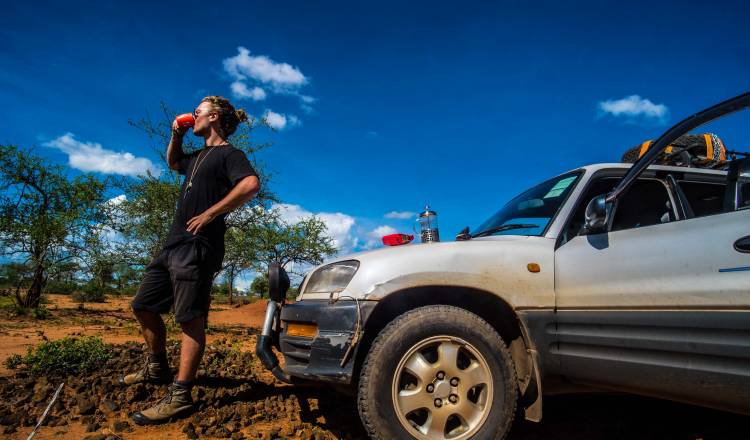
Go on a Road Trip in Uganda
Two vehicles have become household names when it comes to hiring vehicles for any journey especially in visiting the various National parks in Uganda. These vehicles are none other than the Rav 4 and the 4×4 Land cruisers that are the best vehicles for self drive in Uganda and Rwanda. But the one million dollar question is what do these two vehicles have in common and what makes them every ones choice when it comes to chauffeuring tourists all over the country.
When you chose to drive the 4×4 Land cruisers across the undulating terrain and topography of Ugandan roads to the different national parks that are located very many miles away from the city with all roads linking them mostly in sorry state, you will not regret since it can endure all the hard times that you can encounter. This is a vehicle that can complete a journey of over 400 km a day without any disturbance. That means it drives you from Kampala to the gorilla tracking National park of Bwindi Impenetrable Forest in the western region of the country unlike the Rav 4 which can not go that far since it can not endure such hard times.
The Rav 4 has been designed specifically for not driving long distances; hence it is the perfect mode of transportation to challenge your inner rebel. You can expect periodic breakdowns which allows for ample interactions with the locals, frequent opportunities to run out of gas which allows for hour long visits with the staff at gas stations, and the Rav 4 is semi-open also allowing for spontaneous interactions with pedestrians or other motorists.
As mentioned, the 4×4 Land cruisers has a functioning Air Conditioner that makes the occupants life very conducive since they can adjust the kind of heat they want. When hired from self drive Uganda, a reputable car hiring company in Uganda I guarantee you that it will be in good conditions, well maintained with an insurance that covers only the vehicle excluding the occupants, a top up roof that can be lifted up in the park for easy viewing of animals during game drives be it at day or during night game drives in Semuliki national park. Yet this might not be the case with a Rav 4 which does not possess this top up roof so viewing is limited to only windows. The charming wiper is powered manually. And when I say manually, I mean the driver twists a knob located within the Rav 4 at the base of the window while driving.
Your top speed on a straight away depends on the driver when in a 4x4Land cruiser since it hits the road either manually or automatically. Which can as well make even short distances seems distant and distant locations seem short. This speed could easily drop and increase as the driver pleases twisting across the cork screw roads of the mountains we climbing since many Ugandan roads leave much to be desired. Asphalt covered roads are often asphalt-less. Deep potholes battle to shear off the front wheel of the Rav4. The law of the jungle rules Ugandan traffic. The biggest vehicle has the right of way. Giant lumbering Lorries and speeding buses brush smaller vehicles to the side. The narrow roads serve as a battle royale as pedestrian and animals wrestle with tractors and while buses and trucks lord over the scrum. It is not for the faint of the heart.
When travelling in the Rav 4, the route will allow you to see a vast subsection of Uganda. Did you know that yyou can also enjoy a <a href=”http://www.rwandaselfdrive.com”>self drive in Rwanda</a>, Kenya and Tanzania after your tour in Uganda? Don’t forget to explore a combination of several countries on a safari holiday though Africa. Book your self drive rental and hit the road on a trip of a lifetime on a self drive trip!
Read More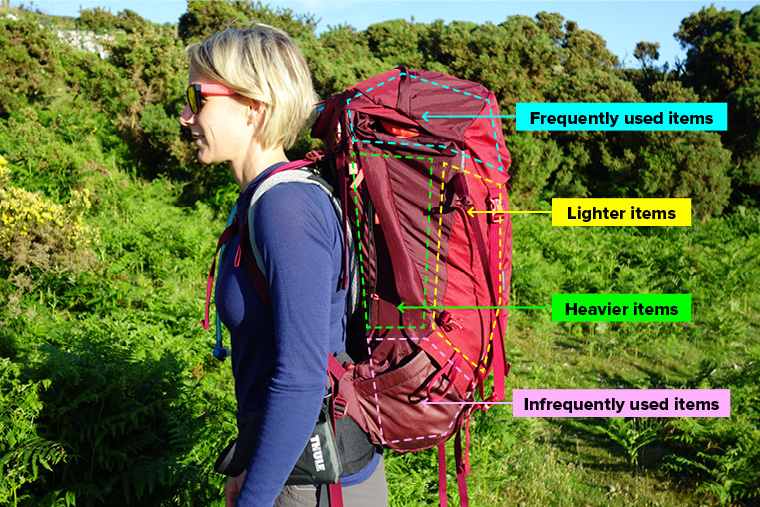
Essential Items to Carry on a Uganda Self Drive Safari
A self drive safari is when a traveler hires a car and travels on his own around different tourism destinations in Uganda which comprises of national game parks, wildlife reserves and sanctuaries, historical and cultural sites, lakes and rivers as well as resorts. Traveling by yourself gives you the freedom to discover natural beauties in Uganda at large. As you are preparing for yourself drive safari in Uganda, below is the list of this to carry along with you.
Water and the oil lubricant; Uganda has a warm climate which means it receives some hot spells. when this happens , the traveler needs to have water for cooling up the engine in case it over heats and also the oil since the engine in case it over heats and also the oil since the engine uses lots of energy to run and thereby friction being too much inside, oil is needed for lubrication and reducing the friction.
The basic mechanic tools; these include Jake and the spanner, these tools help the traveler in situations of replacing the damaged tyre in case of any puncture. The spanner helps in tightening up of any loose part of the car.
The first Aid box; this is a must to have with the first aid tools as these help the travelers in treating themselves in case of any minor injuries while driving. The box should have some basic medic items like the bandage, blade, methanol spirit, cotton, plasters, and the pain killers.
Fire extinguisher; this is very vital since you never know what might happen on the way, you might find a fire outbreak in the car and you will need to put it out.
The Insurance cover; the rental company should have comprehensive insurance that covers the damages for the third party damages as well as the physical damages of the rental car.
Below are the personal items to carry for the self drive safari in Uganda that will make your trip not only exciting but also memorable.
Get enough clothes; as you go for the self drive safari in Uganda, you should carry enough clothes for the trip as sometimes you might not get time for laundry. There is laundry services at the lodges but come with a fee. You should carry light clothes due to the hot climate of Uganda but these shouldn’t be so skimpy in order to respect the culture of Uganda. Remember to carry a coat for the cold weather in the evening and a rain jacket in case it rains. Carry sun glasses and hut for the sunny days.
Drinking water and snacks; self-driving involves moving for long distances and most places that lead to national park or other tourism destinations are remote whereby finding a decent snack or drinking water is a challenge. It’s good for the traveler to carry some snacks and drinking water to get rid of the minor anger and dehydration while driving before the main meal sessions reach. Drinking water is so important to avoid dehydration that may be caused by the hot climate of Uganda.
The insect repellent and jellies; the country is a tropical country which harbors very many insect so you have to carry the insect repellent to avoid insect bites and for jelly, it’s used to control and protect your skin from sun burns.
Identity Card and the driving permit; one should always carry a driving permit when driving in Uganda to avoid criminal offences. There are always traffic officers alongside the roads checking for valid driving licenses. It’s vital to carry an identity card which may be a national identity card or passport so that you easily identify yourself.
An emergency number and Mobile phone; carry a cell phone for easy communication with the car rental company in case of any problem or with family to know about your safety in Uganda. Have an emergency numbers for the police and also for the health centers.
GPS (Grind position system device); the traveler’s map and the baby seat in case you are traveling with a young one. The GPS and the maps help in identifying the bearings and the routes that lead to the tourism destinations you are intending to tour. These should be well updated.
The Medication; it’s vital for everyone to carry some basic medications like the pain killers and orals. You should also be immunized against yellow fever its best if you get agreed malaria tablets.
Always carry extra money; even though you might have prepaid your car rental, accommodation and tourism activities fees, you are supposed to carry extra money to take care for other needs and emergencies.
The personal travel insurance; when you are traveling, it’s also important for one to acquire travel insurance to protect her/ him from any unforeseen disasters that may happen. For instance in case one gets an accident, the insurance will always be there to cover for his/her treatment bills.
Read More
How to Pack for a Road Trip in Uganda
A road trip safari on a self-drive is one of the best options one should go for; as it gives you an opportunity to enjoy more due to the freedom it give you. You are free to drive at your own pace and stop at any area of interest without any one stopping you. However one can hire a car on a chauffeur, all chooses are good but what matters most is to go on a safari and come back when satisfied. With Uganda self drive, you are guaranteed both choices depending on your interest and we have a variety of car fleet that can meet your satisfaction and we do hire them at a friendly price. They have enough space for luggage, with air conditioner. To drive and came back when satisfied is attributed to very many factors, more of it and more important is how to pack for your road trip depending to the number of people you are traveling with. Below are some of the rules that make packing easier.
Backup Kit
Don’t forget to pack using items like mobile phone and a charger is a must pack, make sure that its well packed before you start off with your drive, a phone is very important as in case of anything you have to communicate back to the car hire company. Other useful emergency items include a first-aid kit, warning triangle, torch, and jump leads, if you have children a plastic bag, tissues are also necessary. If these are packed well your road trip will be a memorable one.
Travelers
Passengers should sit in the right position that they feel very comfortable, those who are sick should be able to sit at the window to see out of the windscreen, and for any passage sited in front- should be allowed to do so and should not forget to tie a seat belt, so sitting in the right position will give you a chance to travel safer.
Baggage
The luggage packed is determined by the capacity of the car. Always endeavor to put the heavy items as far forward and as close to the floor in the cargo area as possible. Don’t over load the car you may end up damaging it. Avoid loading stuff up to the ceiling that you cannot even see out of the back window, you may end up not seeing from behind. Anything you think very important on your trip don’t leave it out like a jacket, bag, among many others should be stored within easy reach to avoid wasting time looking for them.
Pack DVDS and CDS, music or movies that will entertain you along the road trip to keep you not bored and you will not realize the long distance covered. However most of the hired cars have music but you may be interested in your music, so bring music that will not bore you on your safari, however make sure that everyone knows how to share.
Fuel/gas
Before starting your road trip make sure that your car is well fueled to enable you drive for a distance calculated. In most of the remote parts of the country, it’s very hard to find petrol stations something that will give you herd time once your car get out of fuel. Ask the car hire agency to advice you on the amount of fuel you should use before setting off to your destination. It pains a lot if your car gets stuck on the road due to shortage of fuel in an area where there is no petrol station. This will ruin your safari.
If possible pack your food/snacks especially if you are going to drive for a long journey to avoid eating in un trusted restaurants or shopping for junk food. Pack your fruits, snacks, or you can decide to prepare a panic lunch if possible to avoid unhealthy meals along the road. Although very many restaurants are situated on many big towns along the road you can buy from there if you’ve not packed your food.
Read More
Common Car Rental Traps to Avoid in Uganda
Of recent developments, It’s a normal practice and yes as you really know that car rental agreements are as common today in Uganda due to most of the tourists and visitors being foreign visitors to Uganda, as buying an air ticket and remember how really badly the airline treat you whenever your booking offline by undermining customers rights daily.
These problems as well for some reason are often happening in the car rental industry in Uganda go unnoticed. The main reason as to why most people fall victims of the car hire trap is for basically being first time car renters which this makes them a little bit ignorant of the procedures and tricks of renting a car in Uganda. Most of the car rental customers sometimes appear careless and don’t mind about most important things and this ends up costing them through loss compensation and ends losing business trust among the car rental companies in Uganda.
Remarkably, some independent flexible travelers renting cars in Uganda have frightening stories to tell; about how their car rental resulting in severe financial loses. In Uganda, it’s the same story. Others remember being turned away from the car collection or giving point, without the car that they supposedly have booked many weeks earlier.
It is obvious that some incoming car rental companies in Uganda will try to give you “something” to drive off that may not be exactly the same as what you booked by telling you that your booking can not be realized. We have run out of cars in your preferred class. Please accept our apologies, and agree to a car that is available.”
Seriously you may end up taking up a car that may not fit in preferences and ends up complicating your vacation or tour by repeated breakdowns leading to multiple inconveniences. Worse still, the reception staff may not even say “Sorry!” With the pay the service desk clerks receive, little doubts, they don’t feel very enthusiastic about their customers.
They will give you a car that has numerous dents and scratches, only to demand that you pay for the paint job, to rectify the damages that you haven’t done. Unless, you have checked the vehicle thoroughly, before signing the rental agreement which is something you should really do before taking on your car rental in Uganda and a habit practiced by some quack car rental agencies in Uganda.
Actually, another common trap in car renting service is to give you the keys to the car that is not road worthy. If the engine stalls somewhere 100 miles from the car yard, you’ll have to engage an expensive towing service, normally not covered under the car rental agreement with smaller car rental agencies. On some occasions, you may even be blamed for causing the breakdown, and asked to contribute to the repair costs. If you think in advance, you can reduce chance of any of the above happening to you, and enjoy the time spent behind the wheel of a great car, for a greater reason avoid very cheap and too attractive rates from car rental agencies.
You may end up thinking that big car rental companies in Uganda actually have issues with their services and you opt for small car rental companies hoping that you will be provided with good service where you will end up being disappointed. Some fly-by-night operators set out to scam innocent victims, who put too much faith in the integrity of small business owners.
Read More